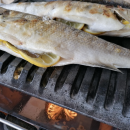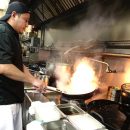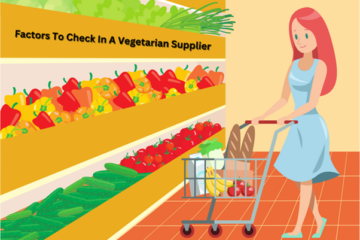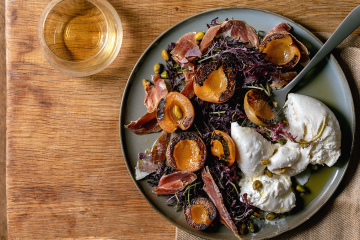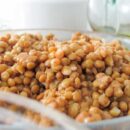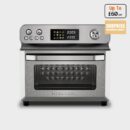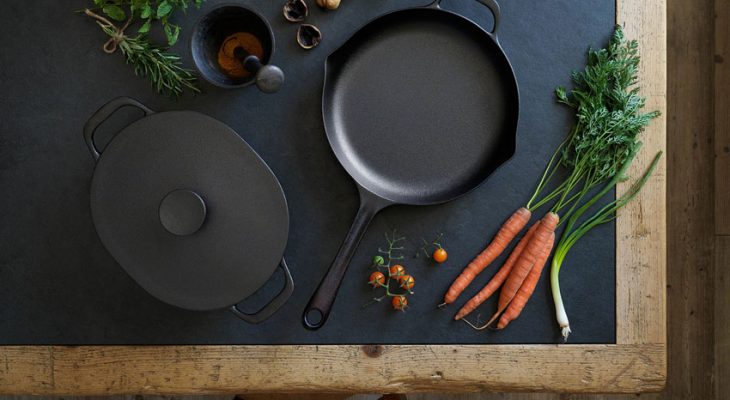
Top Reasons to Cook with Cast Iron Pans
The cast iron skillets of the old have nearly been replaced with pots and pans made from stainless steel, aluminum and Teflon-coated non-stick, but they cannot compete with them when it comes to durability and safety. If you find these cast iron pans in garage sales, you should grab them immediately, or if you have inherited them from your family members, you should hold onto them. These relics of the past are being used more widely, as people are learning the benefits of cooking with them. Why should you invest in cast iron pans and skillets? Here are some of the top reasons to do so:
- They are safer
Cast iron pans have been around for more than 2,000 years. According to historical evidence, they were used in China back in 3rd century BC. They became quite popular across different cultures because the making process of these cast iron pans didn’t require much technology. Their long history of use is an indicator of their safety, something that modern cookware cannot deliver. For instance, aluminum is regarded as unsafe for cooking because the metal reacts with food and is absorbed in large amounts.
Likewise, you cannot use non-stick pans on high heat and they tend to scratch easily, while pans with damaged Teflon coating are highly unsafe. Stainless steel cookware appears to be relatively better, but it leads to uneven heating of food and forms hotspots that lead to burning. This problem is reduced with a copper base, but they cannot be used for high heat cooking, such as for steaks.
- They are durable and tough
Cast iron pans are heavy and just as tough. If left unused, they do tend to rust, but they can be used for over a hundred years or longer. As most of the old pans have been cast in one piece, wear and tear doesn’t really inflict much damage.
- They require less oil
Once you shift from stainless steel or aluminum pans to cast iron ones, you will be able to cut down on the use of cooking oil. However, it will not be the same as using Teflon-coated non-stick pans, as cooking with cast iron skillets can be a bit different. The pan first needs to be heated on high, then the oil is added and spread around properly by moving the pan. You can cook food evenly in a cast iron pan without burning it with just a thin layer of oil over the whole surface.
- They can function as non-stick pans
You need to season cast iron cookware before using it. When you season with oil, it forms an almost non-stick surface without making use of any synthetic substances, such as Teflon. These days, pre-seasoned pans are also available, even though they may not be exactly like the non-stick pans that you have gotten used to. However, the good thing about cast iron cookware is that their non-stick property improves with frequent use and age, as opposed to chemical-coated cookware that actually deteriorates with use.
- They can be used for cooking on high heat
One of the greatest benefits of using cast iron cookware is that you can heat them up as much as you want. This makes them a great option for searing meat, shallow and deep frying and quick sautéing of vegetables that can roast them from the outside and not make the inside all mushy. A cast iron waffle iron can give you waffles that are completely crispy on the outside, yet soft on the inside. Similarly, cooking a steak on a cast iron skillet can give you meat that’s properly seared and evenly cooked.
- They don’t burn the food
If you place a cast iron skillet on a stove and start cooking right away as in the case of an aluminum pan, there is a good chance that the food will burn in some places. Therefore, they need to be preheated before cooking. Cast iron pans tend to have poor thermal conductivity, as opposed to that of aluminum or copper, and they form hot spots as in the case of stainless steel cookware. But, once you have heated them for a couple of minutes and the pan gets really hot, it will stay that way and prevent your food from burning in places.
- They cook food evenly
You need to put a cast iron skillet on high heat for a couple of minutes. Obviously, the pan will get extremely hot. Even if you don’t keep your hands too close to the heated surface, you will still be able to feel the heating coming off it. If you do the same to a stainless steel pan, it will get hot, but you can safely take your hand to an inch of the surface and not feel a lot of heat. This is because cast iron has a high heat emissivity, which is ten times that of stainless steel.
To put it simply, food that comes in direct contact with the stainless steel pan will get cooked, whereas a cast iron pan will be able to cook food that’s a couple of inches above the surface. This way, cast iron cookware is a better option for cooking food evenly.
- They can be used for different types of cooking
The best thing about cast iron pans is that you can use them for sautéing, roasting, shallow frying, broiling and grilling in a small quantity of oil or can also deep-fry in lots of oil. They are a great option for water based cooking, such as boiling and poaching. Cast iron skillets can also be used as ovenware for baking.
Apart from these benefits, cast iron pans are also easy to maintain as opposed to other types of cookware because cleaning them is quite easy. Plus, they are quite inexpensive and a lot cheaper than stainless steel utensils, which makes them a value for money investment for anyone who cooks routinely and needs good cookware.

